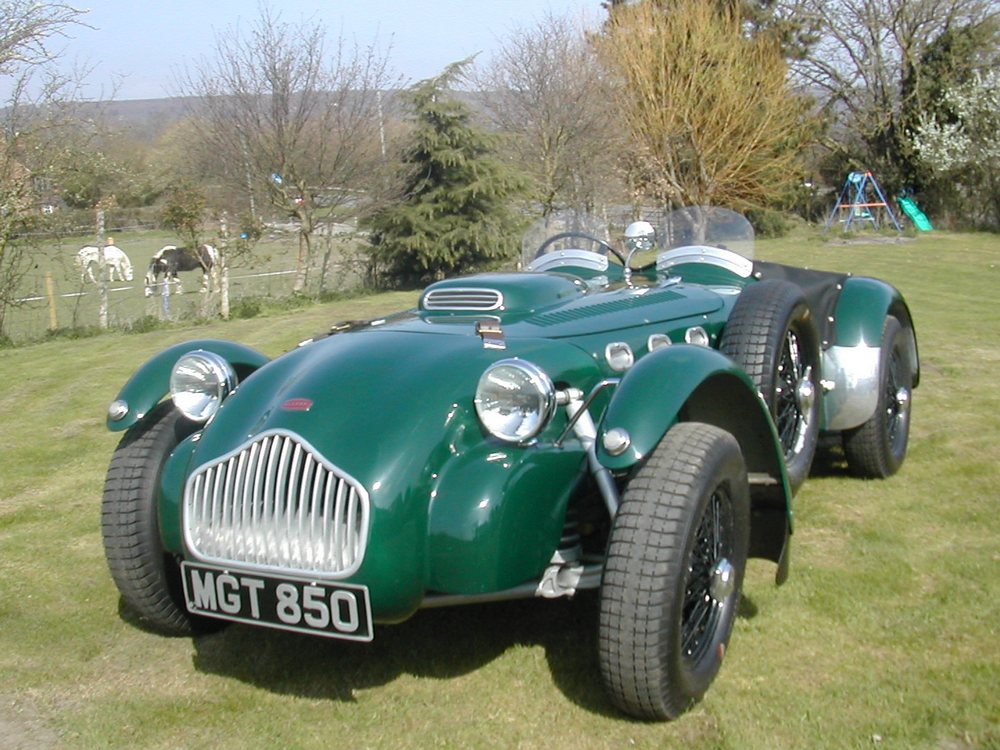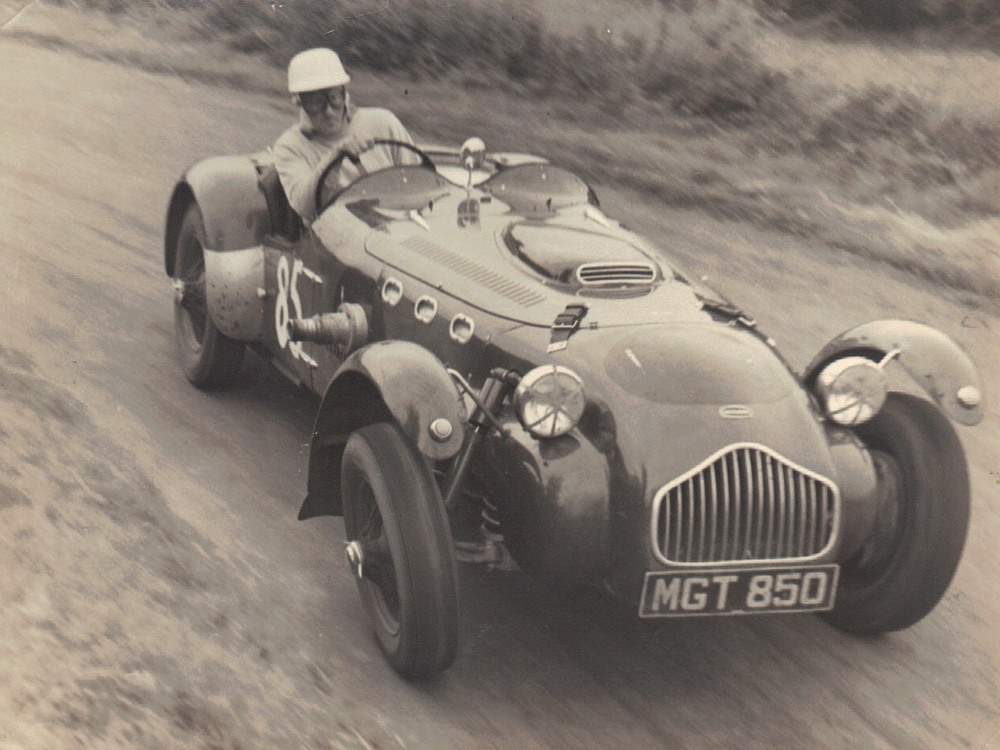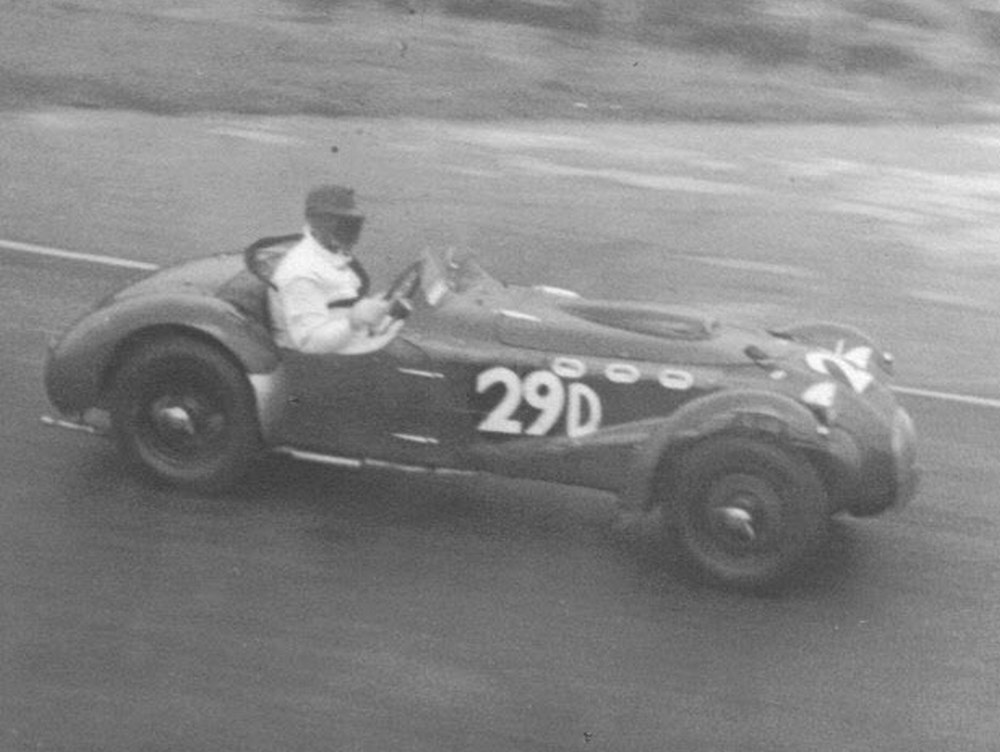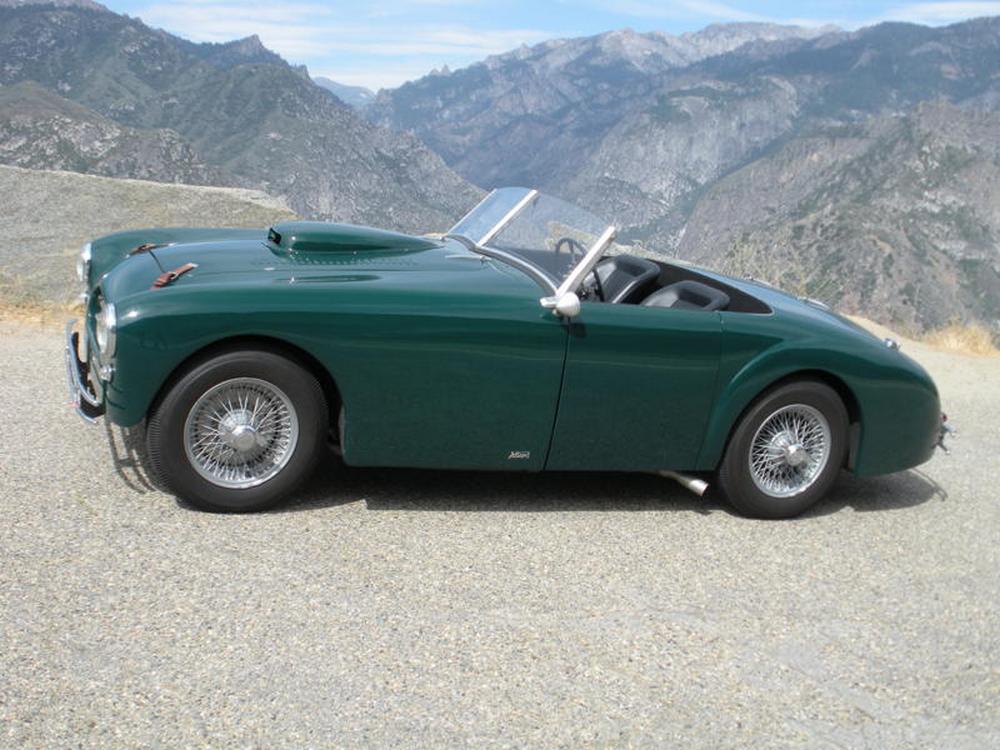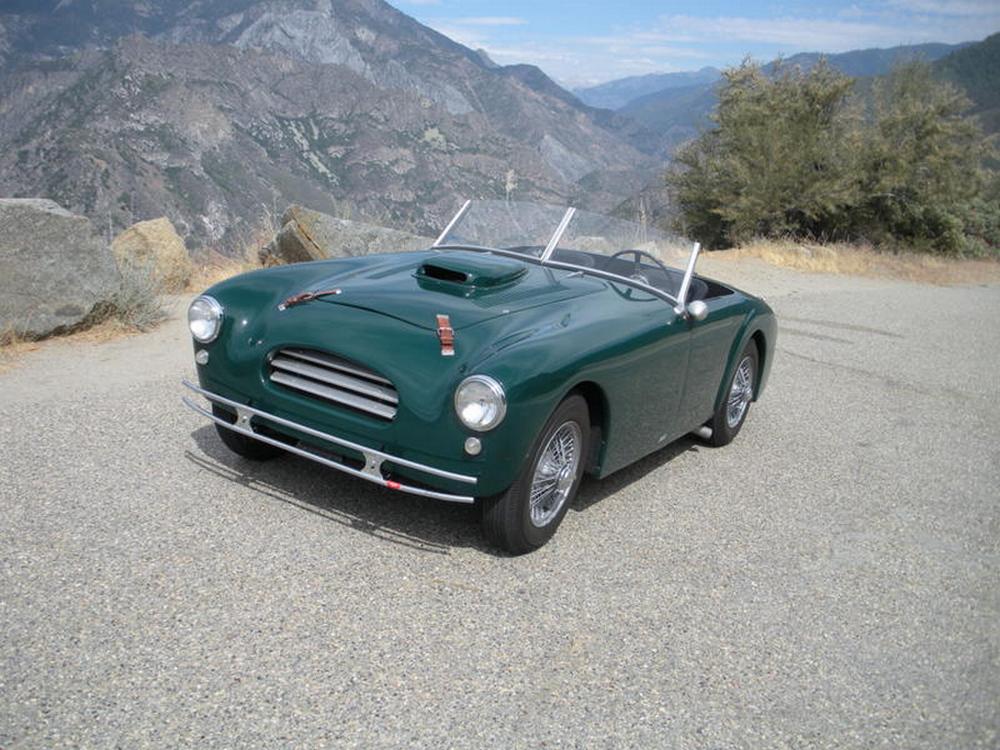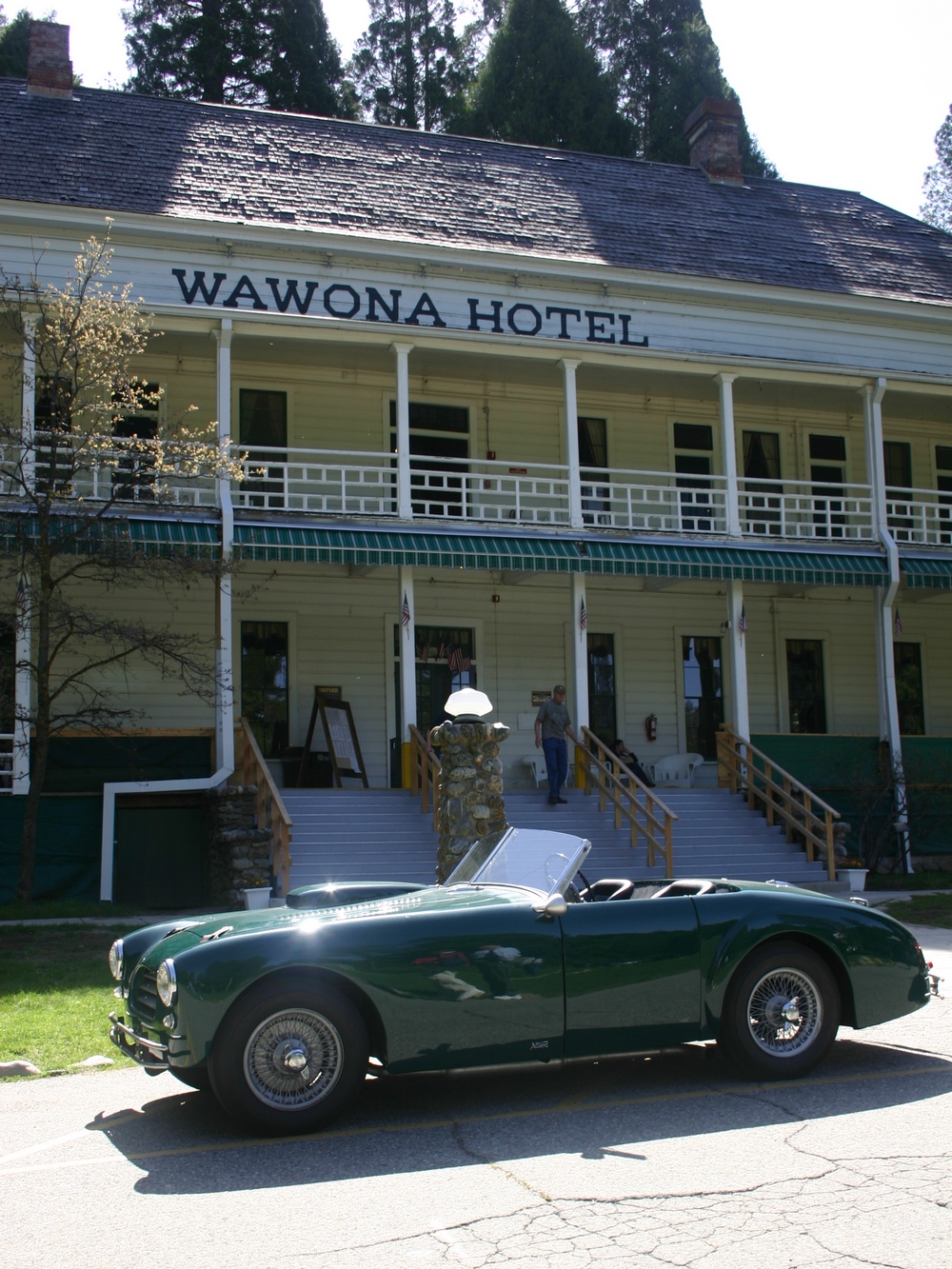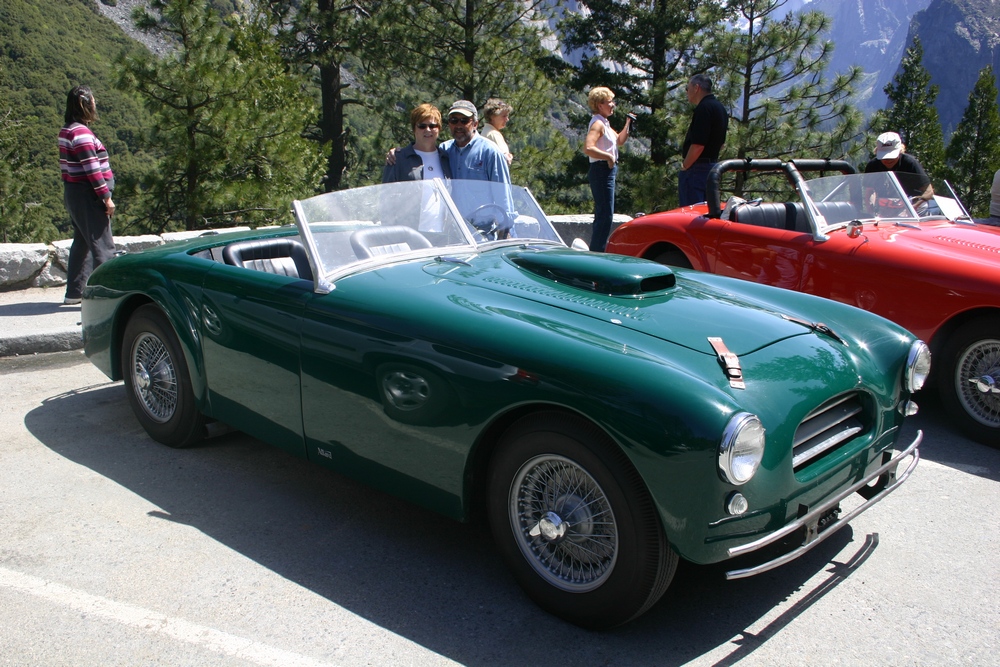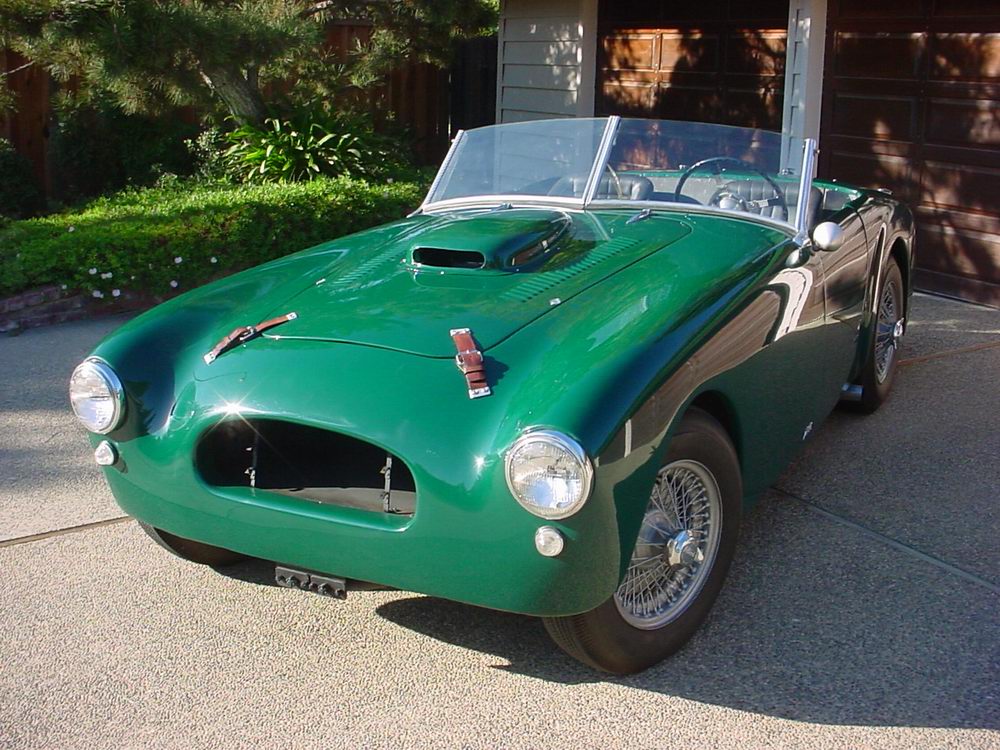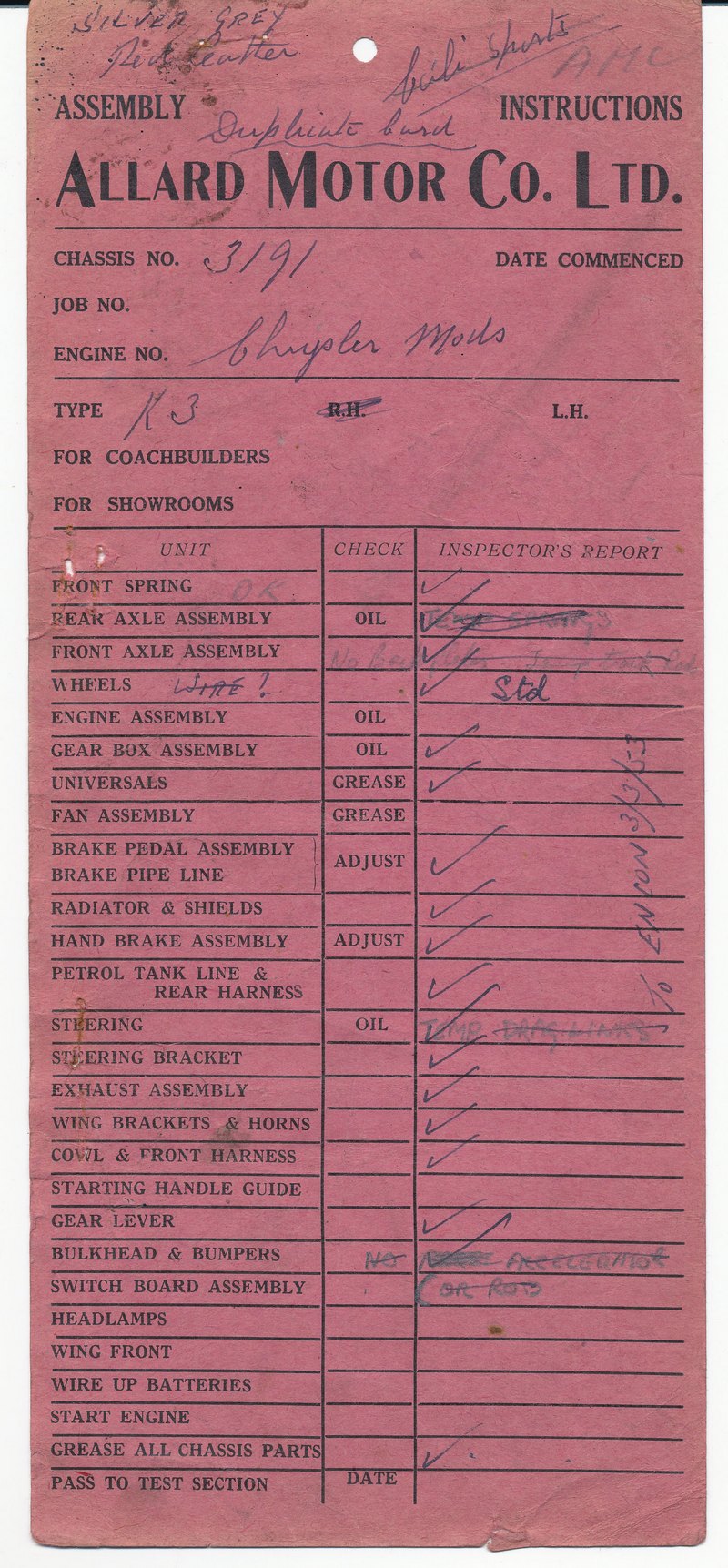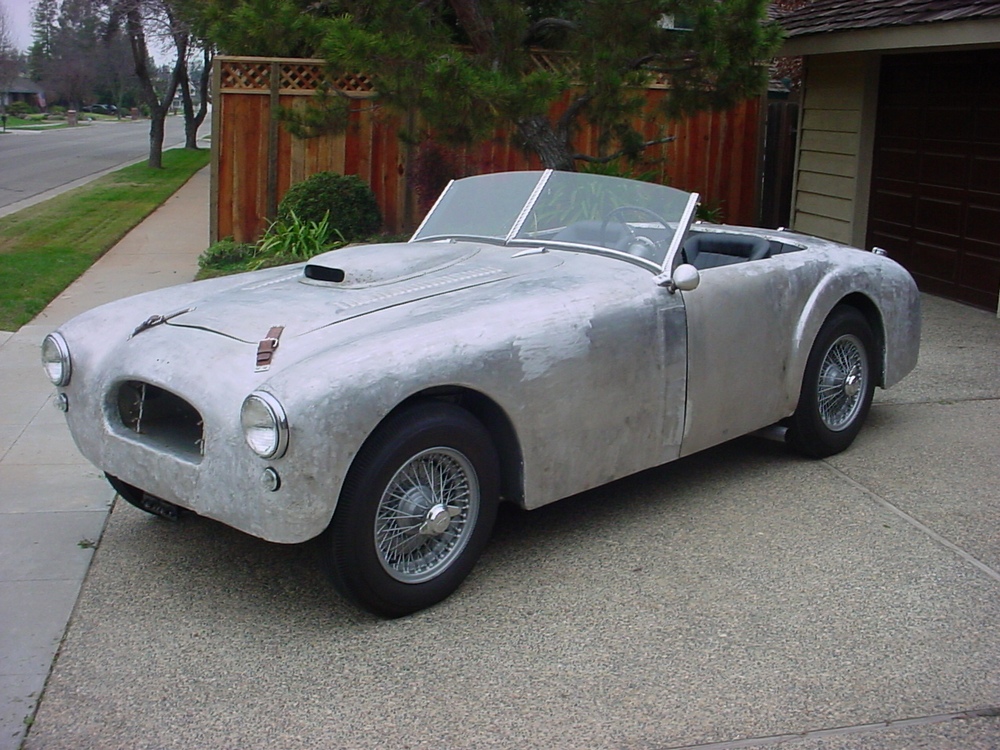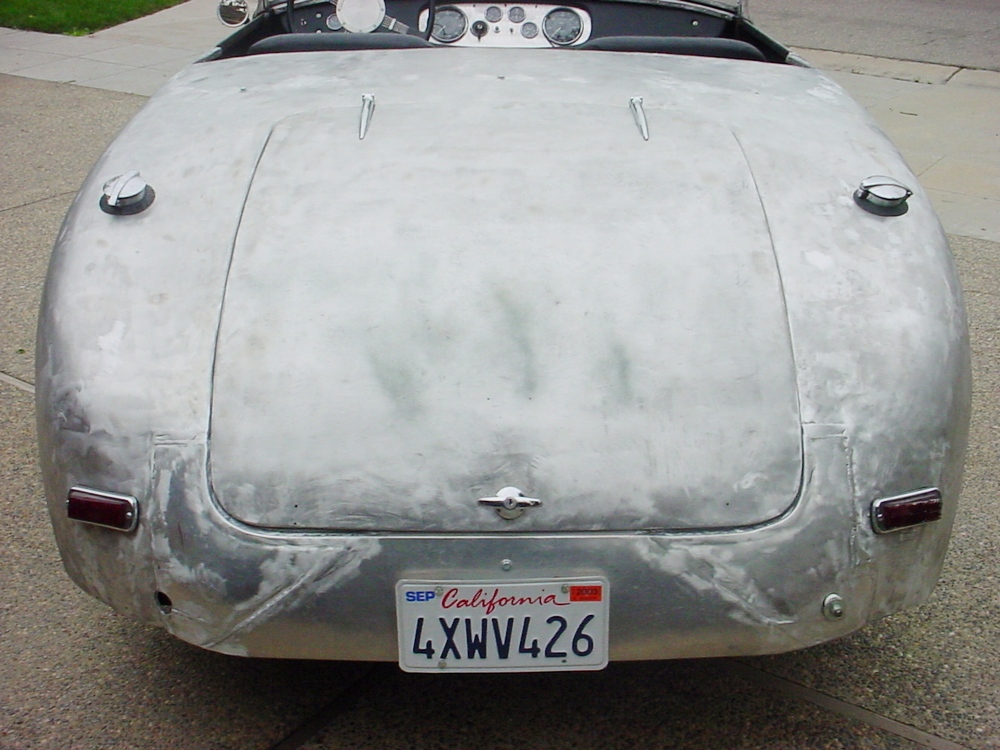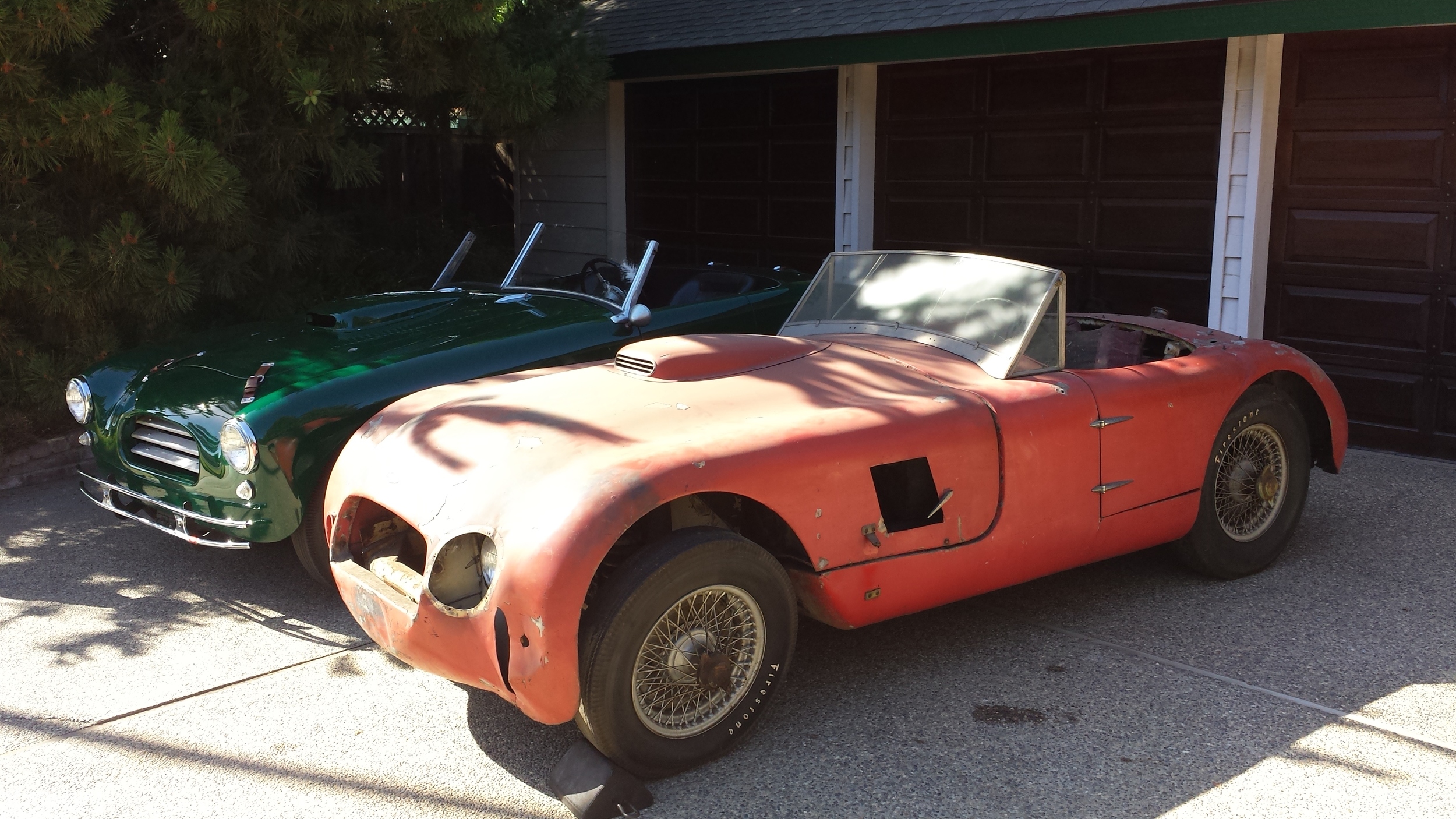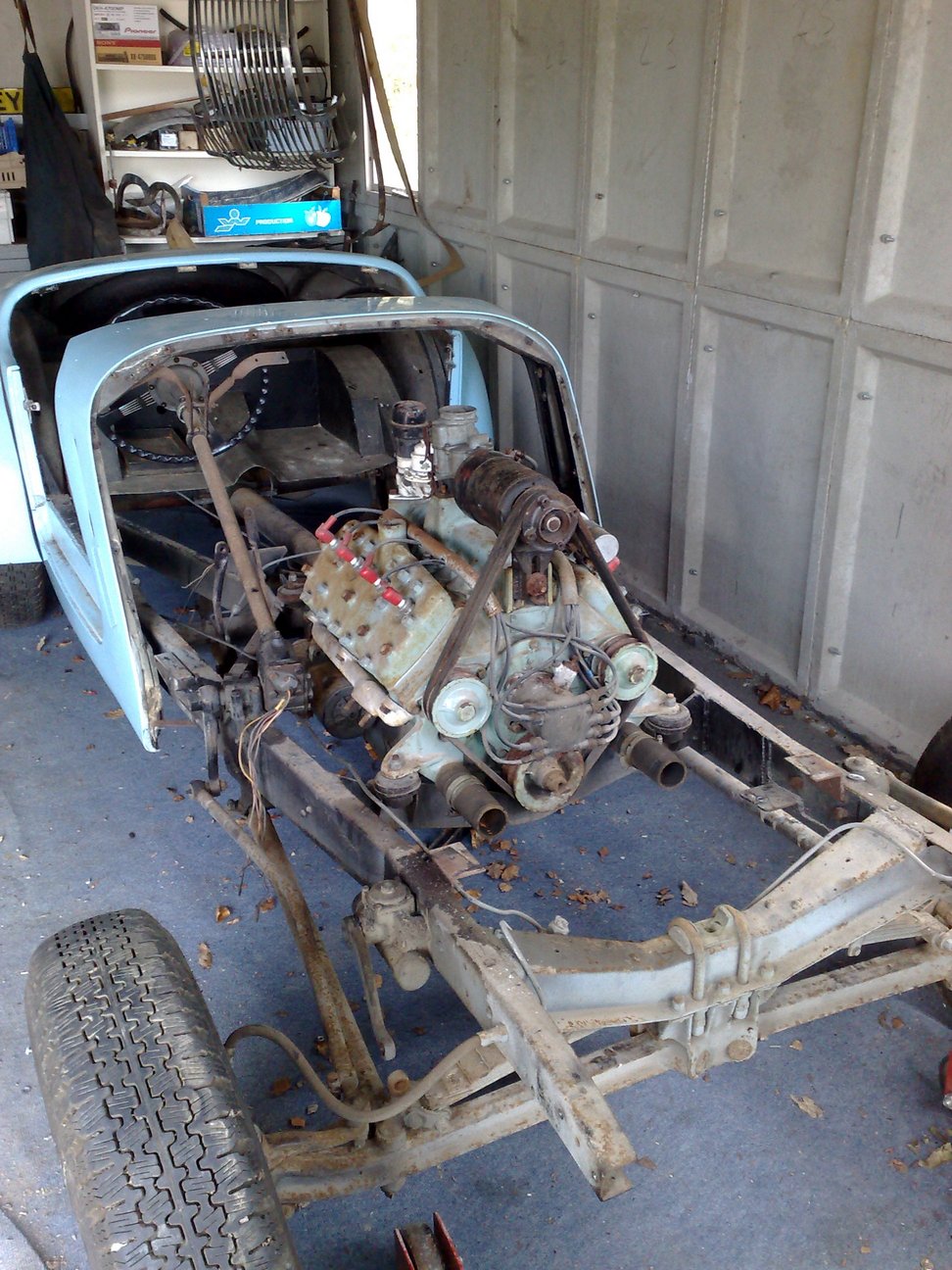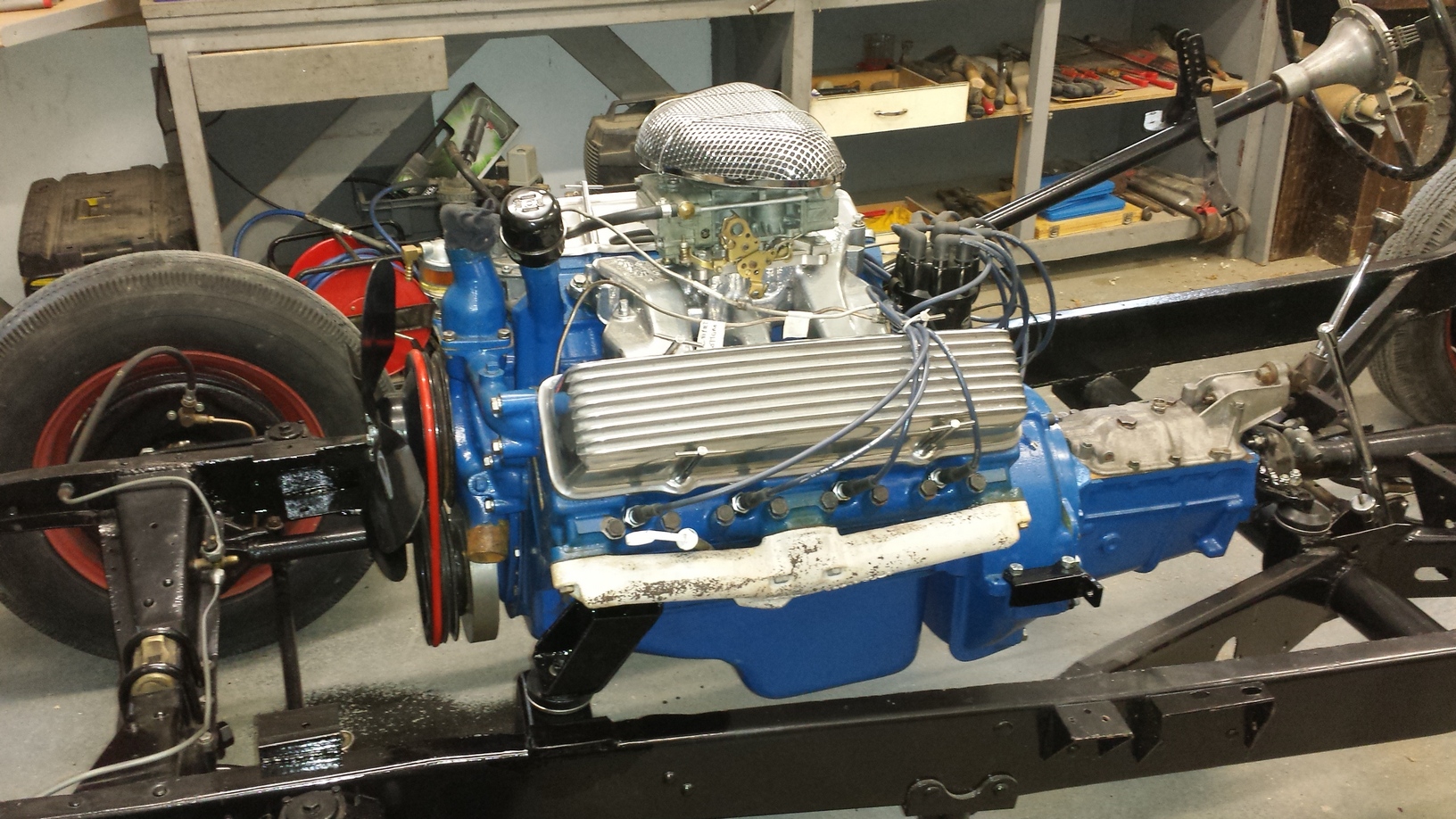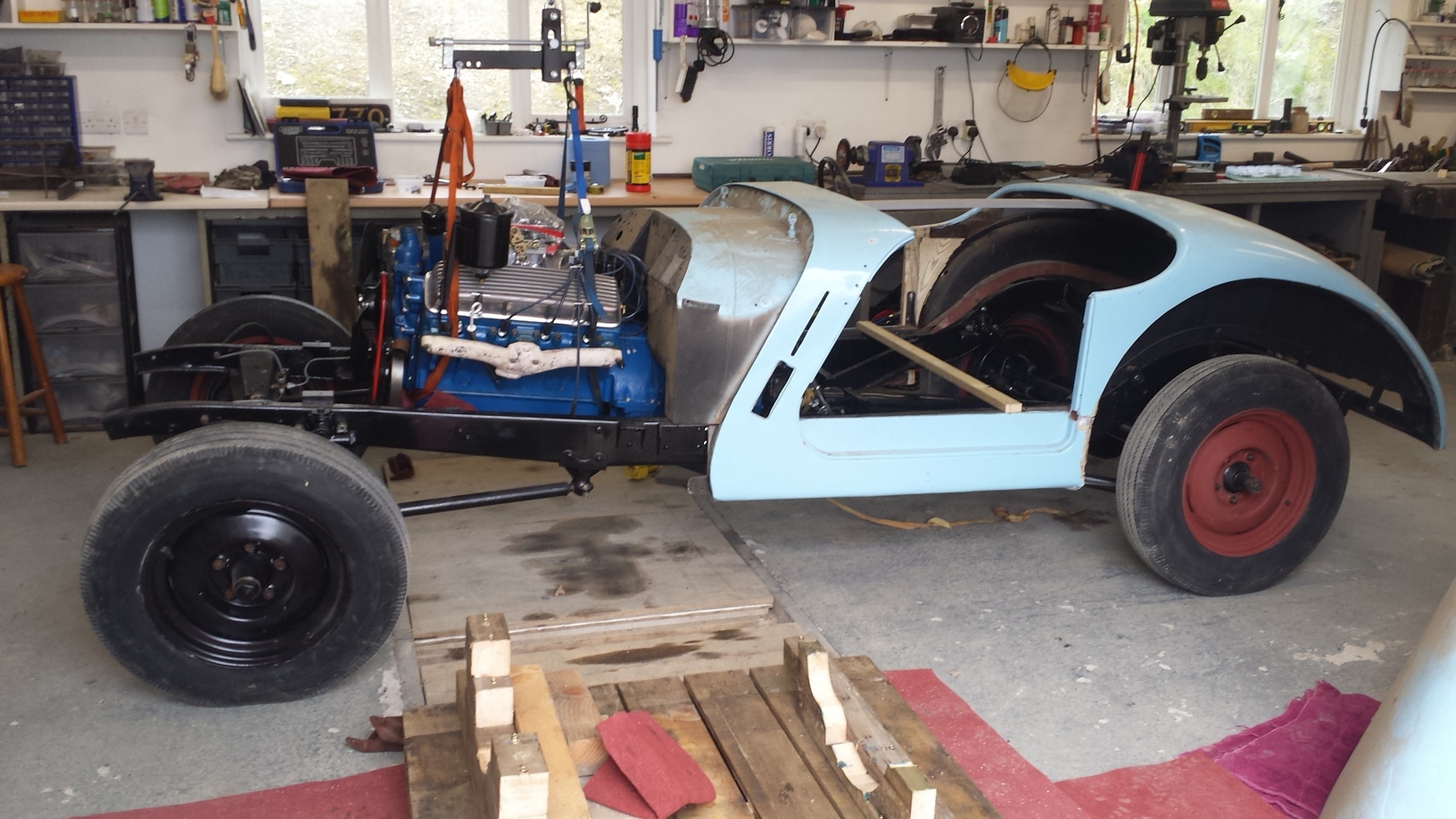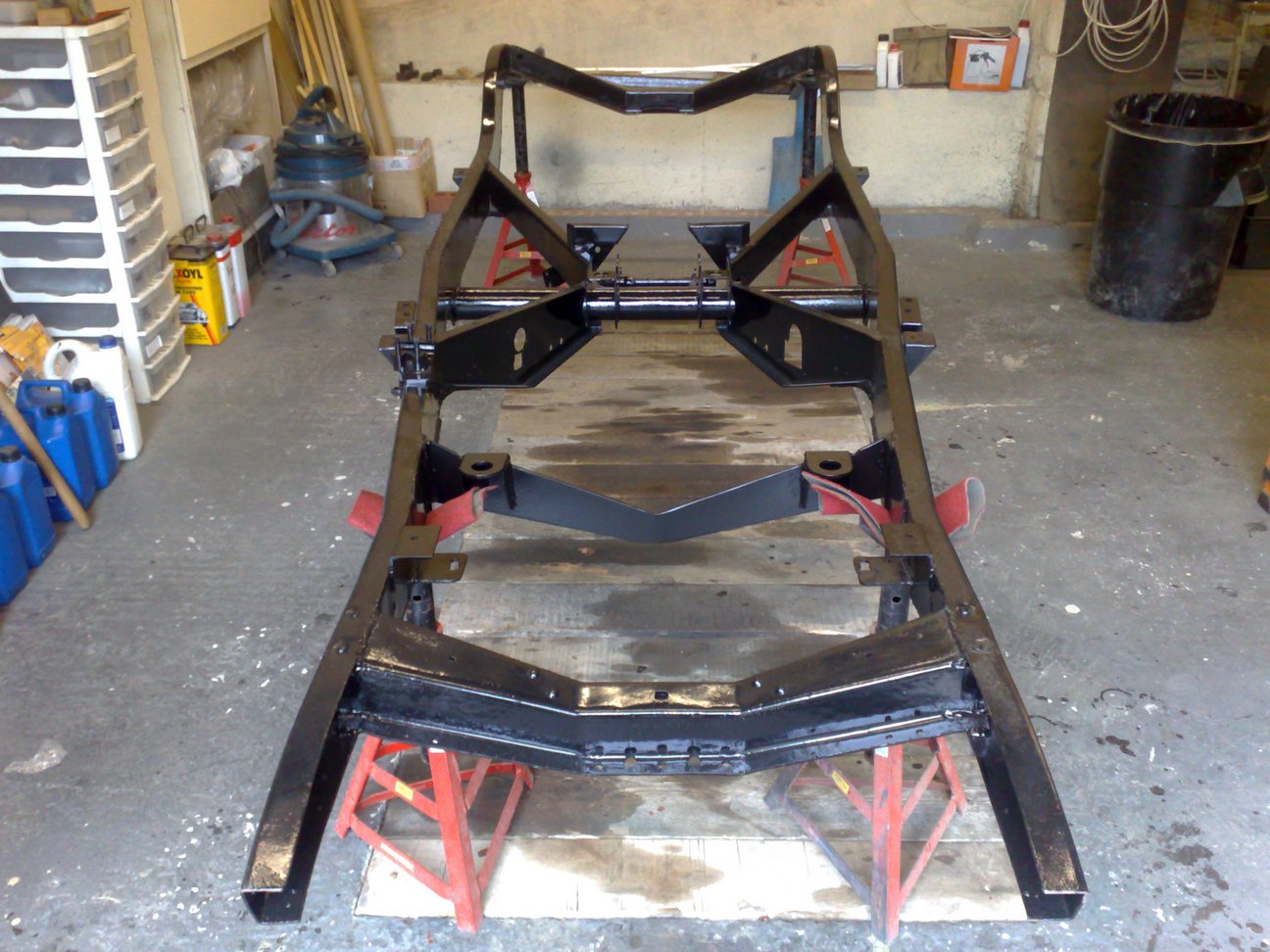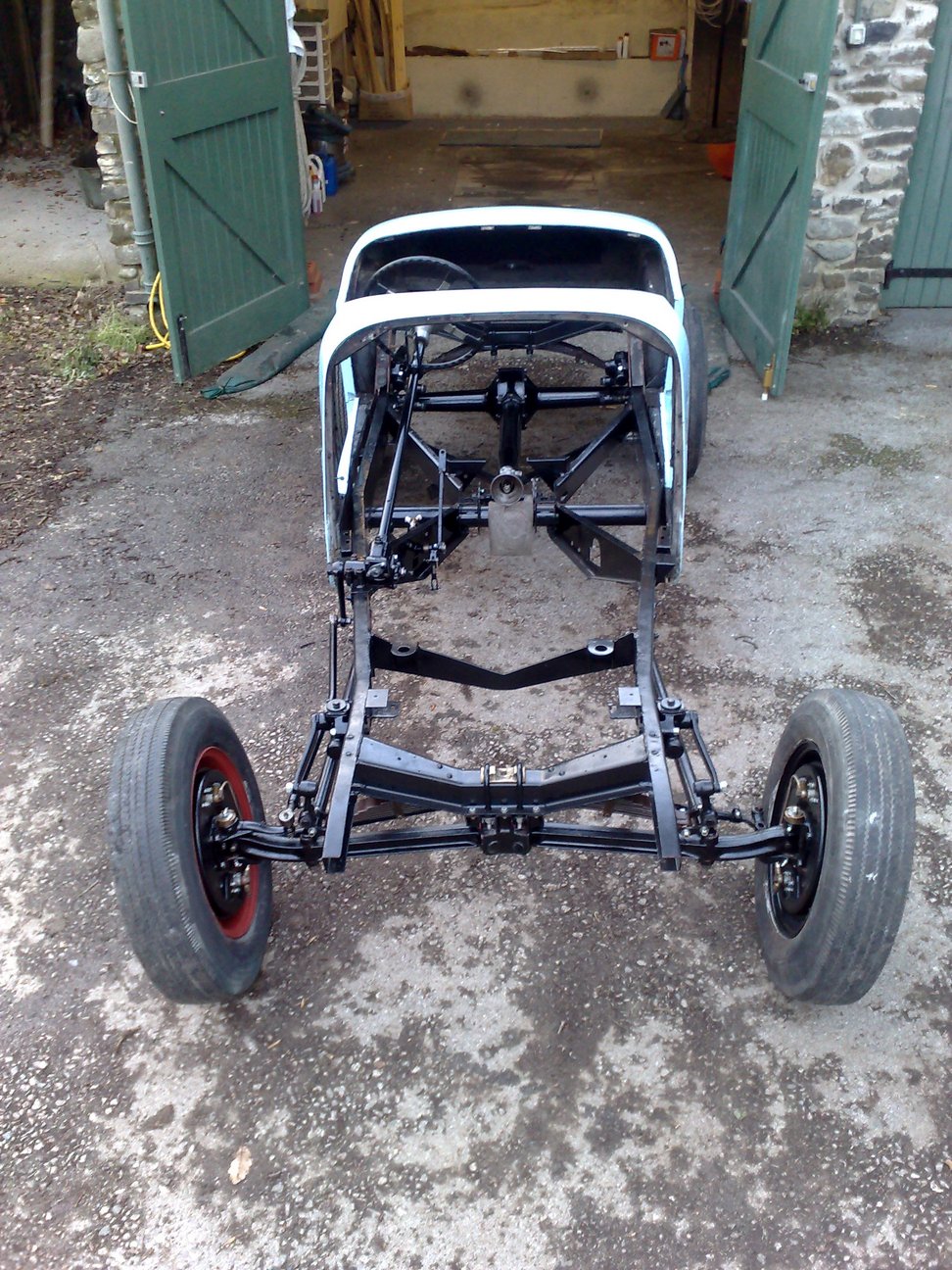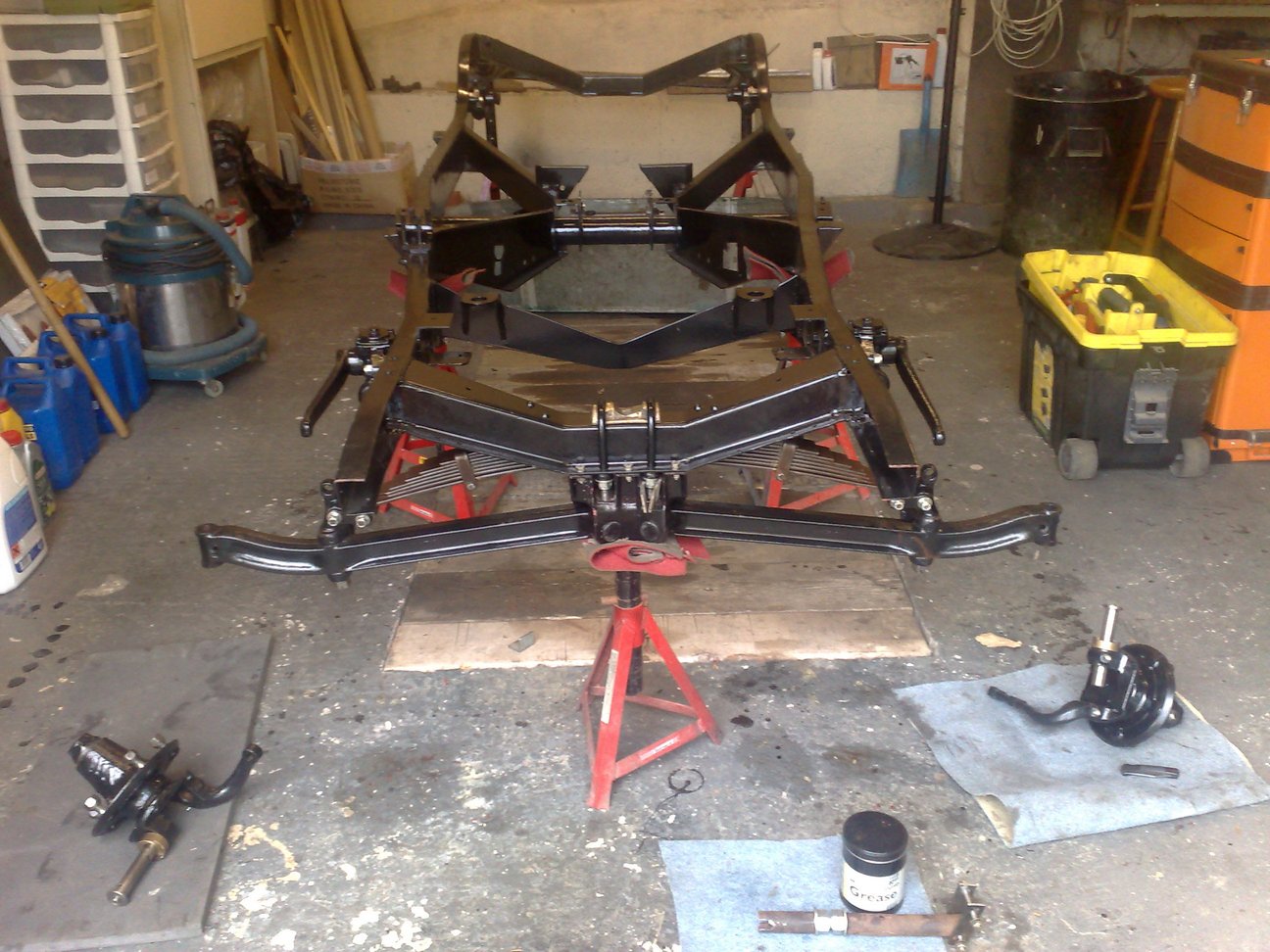Strange Brew: Allard J2X 3209
/One of our hobbies is tracking down the history of old Allards. This can be a time consuming pastime, but fortunately there are others that share this same interest. A few years ago, we were contacted by Canadian Rupert Lloyd Thomas. Rupert was interested in a Canadian J2X that he had come across a few photos of. According to our records, only nine Allards were exported to Canada, but only one of which was a J2X. We were able to determine that the car was chassis 3209 (one of the last built).
Recently, Rupert was rewarded for his hard work with a drive in the car by its current owner, Al Sands. He writes, “I thought you would like these photographs taken by myself at the Hockley Valley Hill Climb Revival in Ontario, Canada on July 2nd 2015. Driver Al Sands, accompanied by Don Haddow, all-time hill record holder in the Jordan Special. Many thanks to Al Sands for driving me up the course in the Allard.” What a treat to get to enjoy a drive in the car you’ve been searching for.
Here’s the story of J2X 3209:
The Allard Register archives: 3209 was originally painted beige with a red interior and crimson wire wheels. It was exported on May 15, 1953 to Canada via Budd & Dyer who were located on 4269 St. Catharine St. W. Montreal, Quebec. Per David Anderson Charters, Alec Budd of Budd and Dyer Ltd were the importer and distributor of Jaguar and Alfa Romeo; he was a rallyist and a sponsor.
Per Al Sands, the original owner was David Gurd of Quebec. The car was then sold to Richard Mauron of Toronto. Mauron raced MG's in the early 50's. Rick Mauron’s father owned a Swiss Chalet restaurant in Montreal and Rick opened a Swiss Chalet in Toronto, near Varsity Stadium. He raced the Allard at the Canadian National Exhibition in 1955. He pranged the front right and got rid of it and bought a 300SL Gullwing.
The car then passed onto Fred J Hayes, although he soon advertised the car in the January 1956 issue of Road & Track. The ad read “ALLARD J2X. One of last produced, mileage under 5000, condition original and immaculate, modified Cadillac engine, Jaguar gearbox, wire wheels, side mount spare. Offers to Fred J. Hayes, 79 Bideford St., Downsview, Ontario, Canada.” Hayes apparently failed to sell the car in 1956, as he was racing the car until 1957.
The car was painted red in 1955 and registered 42 347 (per the picture at Rattlesnake Point), then black in 1956 with registration 87 780 (per the picture at Harewood). Digging into his files, photographer Roger A. Proulx came across the photo below - the Cad-Allard seen here in the pits after putting up the fastest time of the day with Fred Hayes at the wheel during the Rattlesnake Hill climb in 1956.
The car then passed to Dave R. Pidgeon of Oakville, Ontario. Registration for 1958 is 415 986 (Per http://www.flickr.com/photos/50312897@N02/5451713273/ “Photographed in Oakville Ontario Canada on Kerr Street in 1958 this Allard J2X was owned by a nephew of screen actor Walter Pidgeon. As a resident of Oakville and working in Toronto it was on sunny days his daily driver.”
3209 then appeared on the cover of Canada Track & Traffic in October of 1959, and was registered as 106 757. It was then offered for sale in the July 1961 issue of CT&T, “CADILLAC-ALLARD J2X - Superb track and road car. Particularly suited to hill climbs, as featured on CT&T cover, October 1959. Maintained in top condition. Engine set up by Detroit Racing Equipment with 4 2-throat carburetors, solid valve lifters. Corvette 4-speed transmission. Finished in bright blue, red leather. Not suitable for beginners or those with a "heavy foot". D. R. Pidgeon, 143 Wedgewood Dr., Oakville, Ont. VI. 4-3044.
Dave Pidgeon was unable to sell the car in 1959, but finally sold in January 1962 to Al Sands for $2,000. Then a photo of a J2X surfaces with Ontario plates from 1970 at a car show held at Harewood with registration 370 286. Al Sands is in the photograph, on the left in the flat cap. As noted above, Al still owns the car today (over 50 years!).
Why did the car have so many different registration plates? J. Scott Morris explains, “Regarding licences; at that time registrations occurred annually so it is almost impossible to follow one car by the licence plate in Ontario in the 50s - 60s. I do not recall off-hand when the system changed.” At renewal you bought the metal tag and got the next number off the pile!













